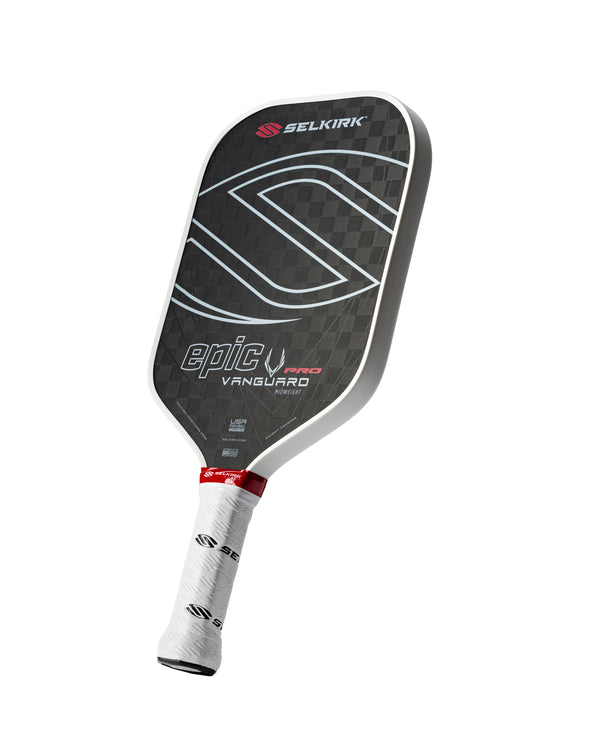
Paddle and racket sport athletes are familiar with injuries such as ankle sprains, rotator cuff tears, tennis elbow, and tendonitis.
Another injury, while not as well known, is still commonly seen: hernias. A hernia is defined as an abnormal medical condition where part of an organ is displaced and protrudes or bulges through the wall of the cavity where it is normally contained.
Because pickleball puts strain on your hips and pelvic areas, hernias can be a common injury.
What are the types of hernias?
There are several types of hernias that can occur as a result of physical activity, though some are more common than others.
Inguinal hernia
Inguinal hernia is the most common type of hernia that occurs predominantly in males. It occurs when a portion of the bowel protrudes or bulges out through an opening in the abdominal muscles into the groin.
The bulge may contain abdominal or fatty tissue and a loop of the intestine or bowel. There are two types of inguinal hernias:
- Direct inguinal hernias: This usually occurs from a weakened area in the muscular wall in the lower abdominal region. Lifting, straining, coughing, or intense athletic activity can contribute to this hernia forming. Pregnancy, obesity, or severe constipation can also contribute to a direct inguinal hernia.
- Indirect inguinal hernia: This usually occurs when the inguinal canal fails to close normally at birth. This is much more prevalent in males and usually appears in a boy’s scrotum. This rarely occurs later in life and is usually seen at birth.
If you notice or feel a painful or visible bulge in the groin or pubic area especially when standing, schedule an appointment with a general surgeon that is experienced in hernia repair. If the hernia becomes very painful with fever, severe swelling, redness, nausea, or bleeding, seek medical care immediately. This is a potentially dangerous situation.
Femoral hernia
A femoral hernia occurs when abdominal tissue pushes or migrates through a weakened area of the abdominal wall, resulting in a bulge in the upper thigh and groin area.
This type of hernia occurs mostly in women from constipation, coughing, heavy lifting, obesity, and straining to urinate. If you experience any of the following symptoms, your hernia may have become strangulated, and you need to seek immediate medical assistance.
- A high fever
- Shortness of breath
- Severe abdominal swelling
- Chills
- Difficulty urinating or defecating
- Uncontrolled pain
- Bleeding
- Nausea and vomiting
Umbilical hernia
This is a common type of hernia that occurs when a portion of the intestine bulges or protrudes through a hole in the abdominal wall near the belly button or umbilicus.
These hernias are very common in newborns and infants and are generally not a concern. Most umbilical hernias will close naturally within the first few years. If a child is in severe pain, has significant swelling, or discoloration, see a medical professional.
Umbilical hernias, while mostly seen in young children, are occasionally seen in adults. Risk factors for adults include being overweight or obese, straining while lifting or moving heavy objects. Adults with umbilical hernias are more likely to experience a blockage or strangulation with this type of hernia.
Hiatal hernias
This is a different type of hernia not generally related to athletic activity, caused when the upper part of the stomach migrates into the chest cavity through an opening or defect in the diaphragm.
The most common symptoms associated with this are acid reflux, indigestion, heartburn, or midline pain in the chest. Causes of hiatal hernias includes a congenital defect, obesity, heavy lifting, chronic coughing and straining during bowel movements. Treatments for this type of hernia involve antacids or antihistamines, eating smaller meals, weight loss, and sleeping in an elevated position.
Sports hernia
Another type of injury seen in athletes is classified as a sports hernia or Athletic Pubalgia. This condition is not actually a true hernia even though the pain and symptoms are similar.
This issue is caused by torn tendons that attach to the pelvis, pubis, and lower abdominal wall, especially the oblique muscles. This is in contrast to a true hernia where part of the intestine bulges through a defect in the abdominal wall.
In many sports hernias, the tendons and adductor muscles that attach the thigh muscles to the pubic bone are also stretched or torn.
At the time of injury, a sports hernia will generally cause severe groin pain that typically improves with rest and flares up again during activity. Many athletes who develop a sports hernia mistake it for a muscle strain.
Unlike a true hernia, a sports hernia doesn’t initially cause a visible bulge or swelling. Over time, an untreated sports hernia may lead to an inguinal hernia that may begin to demonstrate a visible bulge caused by the bulging intestines.
This type of injury is typically caused by sudden, repetitive, or explosive motions — those commonly seen while playing pickleball. If left untreated, it can lead to severe or chronic pain that can hinder or prevent sports activities.
How to tell if you have a sports-related hernia
If you are experiencing unexplained pain or bulge in the lower abdominal, pubic, or upper thigh, you should suspect a hernia. Hernias tend to become more noticeable and symptomatic during physical activity, straining, lifting, coughing, or certain positions.
Hernias are more frequently seen during pregnancy, with chronic constipation, obesity, a chronic cough or with jobs that require heavy lifting or frequent standing.
A herniation can usually be diagnosed with a physical examination, where the doctor can feel or see the herniation. At times, additional imaging such as X-rays, CTs or MRIs are needed to properly asses the seriousness of the problem.
Most hernias will eventually require surgical repair because they do not go away on their own. If the hernia is small or only pops out occasionally, doctors may suggest waiting and watching to see its progress.
If your hernia does not require immediate surgery, you can prevent it from worsening by wearing a special restraining support belt or a truss, especially during physical activity.





















